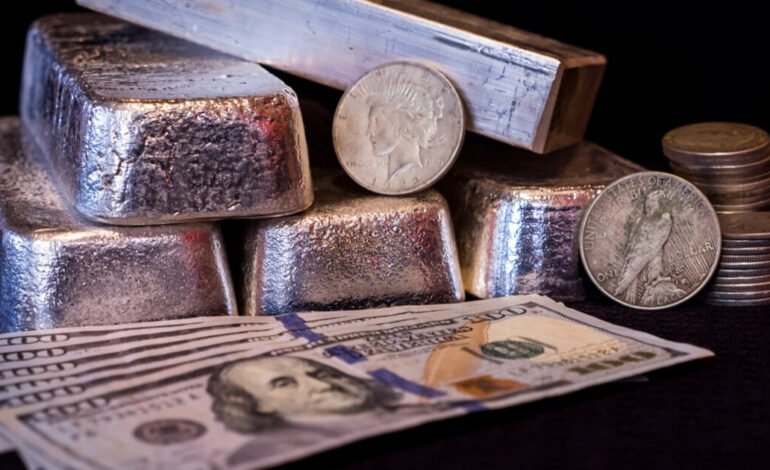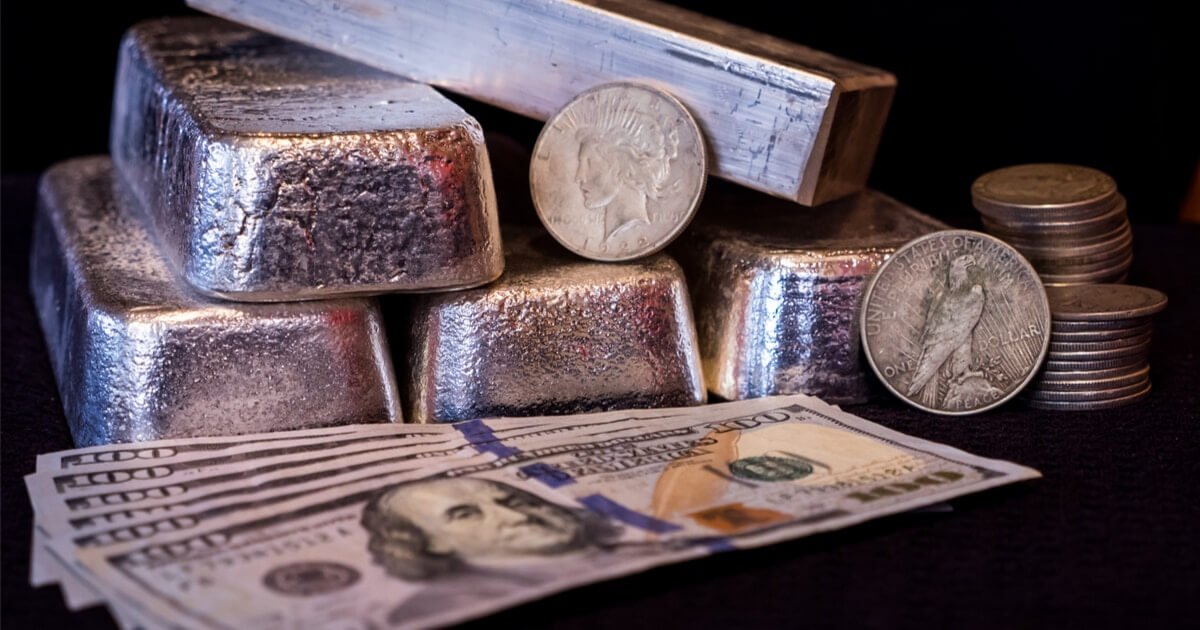What Is a Fiat Currency? Full Guide with Pros and Cons

If you have ever handed over a crumpled fiver at the pub or tapped your card to pay for groceries, you have already used fiat currency. But here is the big question. Why does a colourful piece of paper or a string of digits on a screen let you buy real things like coffee, petrol, or even a house?
The answer is not magic. It is about trust, law, and some clever central bank manoeuvres.
What Is Fiat Currency?
A fiat currency is money created by a government and enforced by law as legal tender. That means everyone in the country must accept it for payments and taxes.
The key difference? It is not backed by gold, silver, or any physical commodity. Instead, its value comes from trust in the government and the central bank that issues it.
To put it simply: the note in your wallet is valuable because everyone else agrees it is. Think of it like a cinema ticket. On its own, it is just paper. But once the cinema says, “This ticket gets you into the film,” it becomes valuable. Fiat money works on that same principle of shared agreement.
How Does Fiat Money Get Its Value?
Okay, so we know it is not gold. But why does it work?
Several forces give fiat money its value:
- Legal tender laws: Shops must accept it for payment of debts.
- Taxes: Governments demand it back in taxes, which guarantees demand.
- Trust and confidence: If the public believes the money will hold value, it works.
- Network effects: Everyone accepts it, so you accept it too.
Behind the scenes, central banks like the Bank of England or the Federal Reserve manage supply and demand. They do this by:
- Printing and destroying notes
- Changing interest rates
- Setting rules for banks on reserves
- Buying and selling assets in markets
Commercial banks also create money. When you take out a loan, new fiat currency is effectively created. Yes, your mortgage or car loan is part of the money supply.
So in short: fiat is valuable because the government enforces it, banks manage it, and society trusts it.
Why Did We Move Away from Gold?
Back in the day, money was tied to gold or silver. The Bretton Woods system, after World War Two, was the last big attempt to keep that going. Currencies were pegged to the US dollar, and the dollar was pegged to gold.
But by the 1970s, this fell apart. In 1971, President Nixon cut the dollar’s link to gold. This “Nixon shock” marked the beginning of free-floating fiat currencies. Soon after, the Jamaica Accords confirmed the move to fiat systems worldwide.
Why the switch? Gold backing looked stable, but it limited flexibility. Economies needed more freedom to respond to recessions, oil crises, and global trade changes.
So fiat became the standard.
Pros and Cons of Fiat Currency
Nothing in money is perfect. Fiat money has strengths, but also some serious weaknesses.
Advantages
- Flexibility: Central banks can inject money during recessions.
- Crisis support: Acts as a safety net when banks collapse.
- Lower costs: No storing and moving gold around.
- Liquidity: Keeps money flowing in the economy.
Disadvantages
- Inflation: Too much money supply pushes prices up.
- Political misuse: Poor decisions erode confidence.
- Hyperinflation: Extreme overprinting can destroy value, like Zimbabwe in the 2000s or Weimar Germany in the 1920s.
- Trust dependence: If people lose faith, the system crumbles.
So when we talk about fiat currency advantages and disadvantages, it really comes down to whether central banks and governments use it wisely.
Real World Examples of Fiat Money
Most of the world uses fiat. The US dollar, euro, pound sterling, Japanese yen, and Indian rupee are all fiat currencies.
Some nations even use another country’s fiat. For example, Ecuador uses the US dollar instead of its own currency. And some experiment with asset backing. Recently, Zimbabwe attempted a gold-linked system, but trust problems remain.
Why Is Fiat Currency Valuable?
The value is not in the paper or the digital number. It is in the trust that tomorrow, your money will still buy things. One way to think of it is like owning shares in a company. The paper certificate itself is worthless, but people believe in the company’s future. That belief gives it value.
Lose the belief, and the value goes with it.
FAQs About Fiat Currency
Q1: Is the US dollar a fiat currency?
Yes. It is not backed by gold. Its value comes from legal backing and trust.
Q2: How is fiat different from commodity money?
Commodity money is made of something valuable, like gold. Fiat money has little value on its own but works because people accept it.
Q3: Can governments print unlimited fiat money?
Technically yes. But printing too much leads to inflation and possibly hyperinflation.
Q4: What is hyperinflation, and has it happened with fiat systems?
Hyperinflation is when prices rise at breakneck speed. Zimbabwe in the 2000s is one of the most famous examples.
Q5: Do any countries still use the gold standard?
No major economy does. The gold standard collapsed in the 1970s.
Q6: Is cryptocurrency the same as fiat?
No. Bitcoin and others are not legal tender in most places. They are separate digital assets with different risks.
Final Thoughts
So here is the bottom line. Fiat currency is money created by law and trust, not by gold.
It gives governments powerful tools to stabilise economies. But it can also be abused, leading to inflation or worse.
Every time you pay for something with notes or a card, you are relying on the strength of this system. Fiat money only works because we all agree it does.







